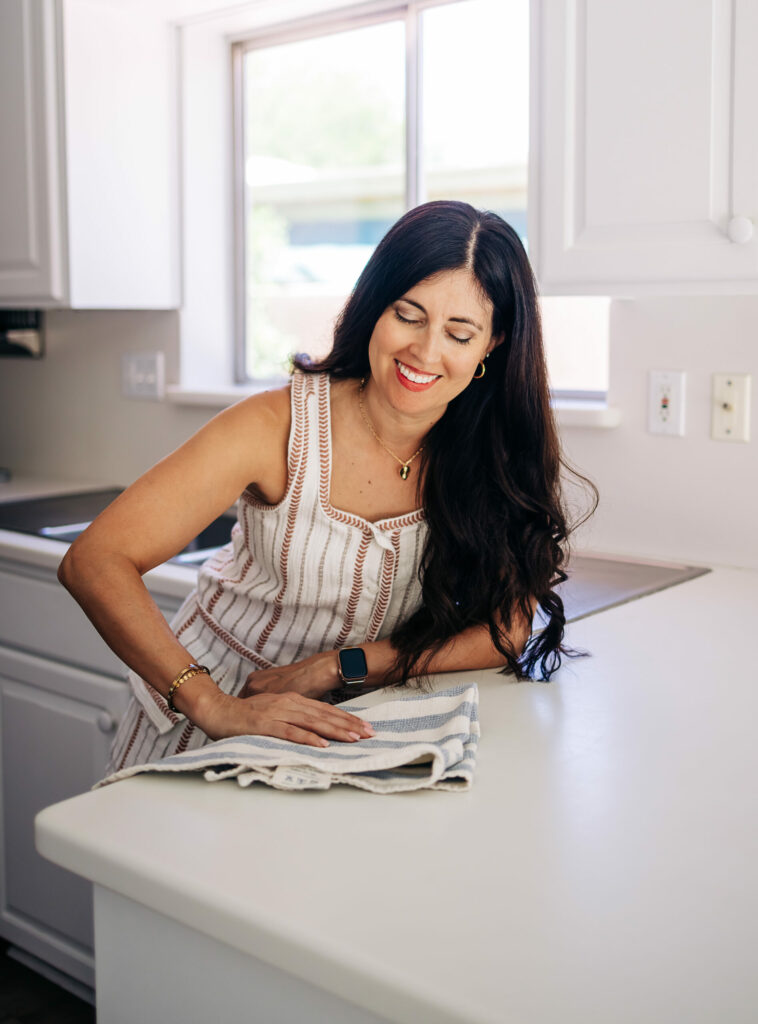Sharing some tips on how to detox your home with simple, effective swaps to reduce toxic chemicals, improve indoor air, and create a healthier living space.
Hi friends! What’s going on this week? I have a stacked morning with client calls and appointments, but am looking forward to the planetarium with P later today.
Today, I wanted to chat a little bit about healthy changes we can make at home and some of my favorite steps to create a cleaner living space. One of the biggest sources of toxins isn’t in our kitchen with the foods we eat; it’s in our home environment.
Everyday items, from the cleaning products we use to the candles we light, often contain toxic chemicals that can irritate our skin, disrupt hormones, and contribute to long-term health problems. These compounds also affect the planet, impacting waterways, soil, and even indoor air quality.
A healthier home doesn’t have to mean throwing everything out overnight. Today, I’m going to share some tips on how to detox your home so you can lower your exposure to harmful substances while keeping things practical, affordable, and sustainable. Of course, I always love hearing about your favorite tips and products, too, so don’t be afraid to shout them out in the comments below!

How to Detox Your Home
Some of the things I wanted to chat about:
The most common environmental toxins in our homes
Simple ways to identify and test for them
Practical swaps and habits to reduce your exposure
The goal isn’t perfection; it’s progress. It’s SO easy to get overwhelmed, but the reality is that even a few small changes can have a huge impact over time. If you’re also working on cutting down screen time and stress triggers, pair this with my digital detox tips for a more peaceful, less toxic home.
What Are The Most Common Environmental Toxins In Our Homes
Here are some of the biggest culprits that sneak into our everyday routines:
Toxic chemicals in cleaning products: harsh detergents, ammonia, bleach, and chemical disinfectants.
Volatile organic compounds (VOCs): released from certain adhesives, sealants, and traditional based paints.
Flame retardants: added to sofas, mattresses, curtains, and rugs to slow fires – but often linked to hormone disruption.
Plasticizers such as BPA and phthalates: found in plastic food containers, single-use water bottles, and cling wraps.
Pesticide residues: from lawn treatments, pest sprays, and even tracked in on shoes.
Synthetic fragrances: in candles, plug-ins, air fresheners, and personal care products like body lotion or hair spray.
Heavy metals: possible in older pipes, imported ceramics, or poorly made stainless